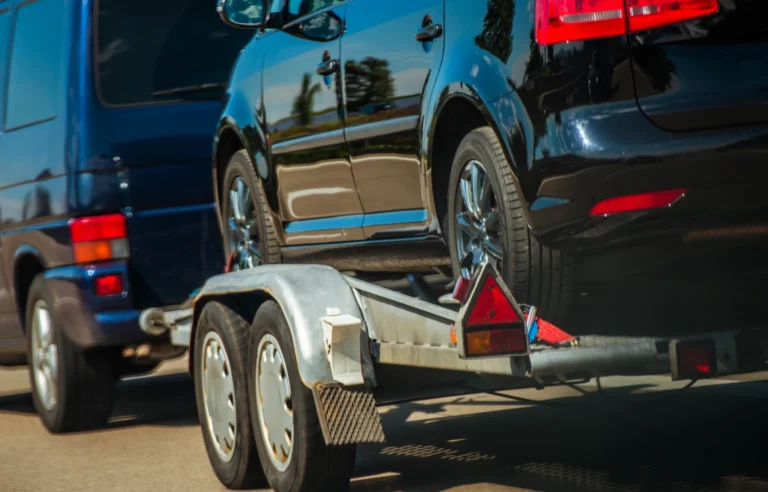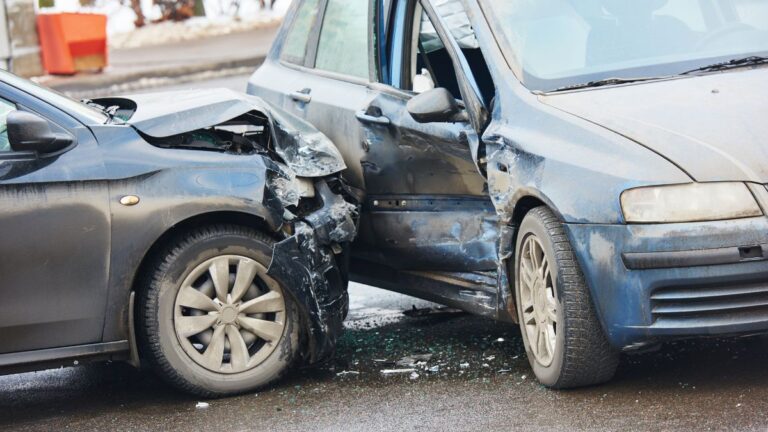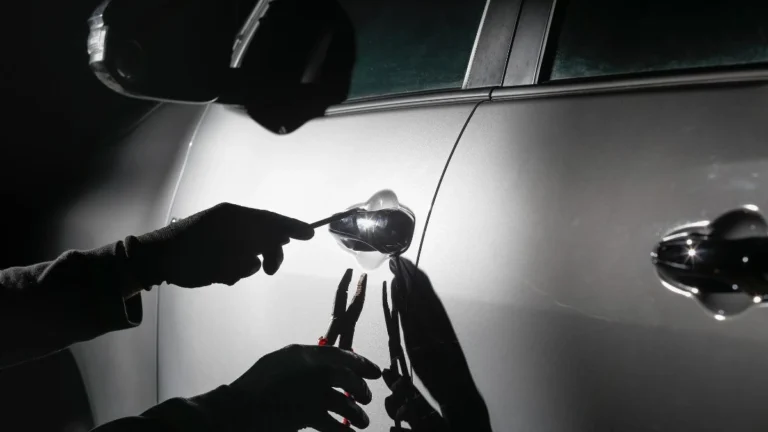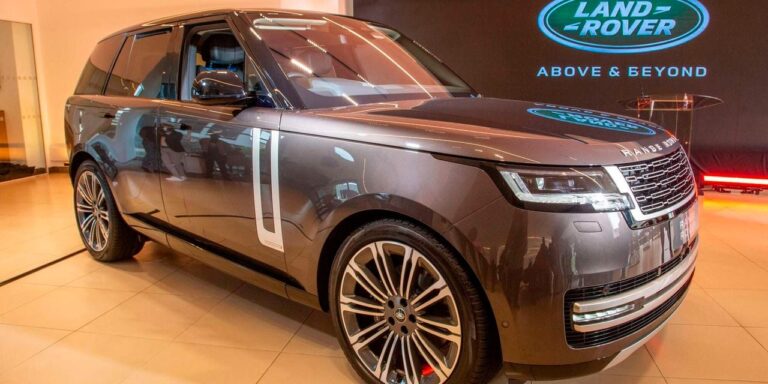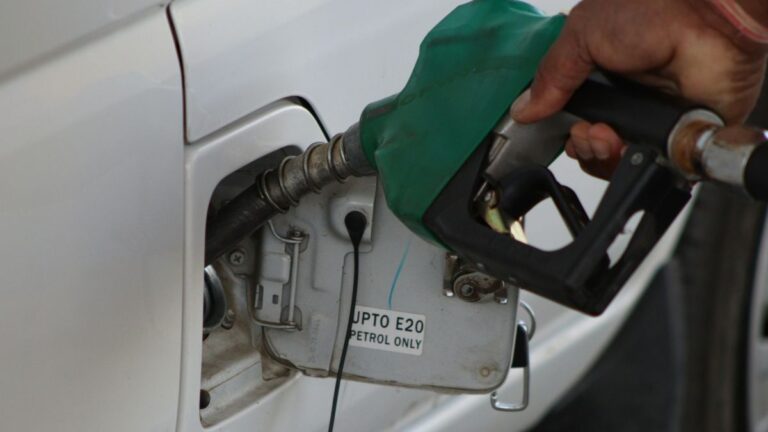So you’re finally ready to buy a car in Kenya — congrats! But here comes the big question: Should you go for a brand-new ride or a second-hand (used) car?
There’s no one-size-fits-all answer. It really depends on your budget, lifestyle and what you expect from your car. In this 2025 guide, we’ll break down the pros and cons of buying a new car vs. a used car in Kenya — plus smart tips to help you make the right call.
Buying a Brand-New Car in Kenya
Nothing beats that new car smell — and the feeling of being the first owner. New cars in Kenya come straight from the manufacturer or local dealers, with no previous mileage.
Pros of Buying a New Car
- Warranty Coverage: Most new cars come with a manufacturer warranty (3–5 years). That means peace of mind for major repairs.
- Latest Features: Modern tech like Apple CarPlay, fuel-saving hybrid engines, lane assist, and advanced safety features.
- Better Reliability: No wear and tear. You won’t worry about what the previous owner did to the engine.
- Flexible Financing: Many banks and dealers offer better terms for new cars, including zero-deposit options or low-interest plans.
Cons of Buying New
- Expensive Price Tag: New cars in Kenya are taxed heavily (import duty, excise, VAT), so expect to pay more.
- Depreciation: A new car loses value the moment you drive off the lot — usually 20–30% within the first year.
- Higher Insurance Costs: Comprehensive insurance premiums for new vehicles are typically higher than for used cars.
Buying a Used Car in Kenya
Used cars are budget-friendly and widely available. You can buy from individual sellers, local dealers or import directly from countries like Japan, the UK or Singapore.
Pros of Buying a Used Car
- Lower Upfront Cost: You get more car for your money — especially if you shop wisely.
- Slower Depreciation: Someone else already took the biggest value hit. You can resell without a major loss.
- Wide Selection: From compact hatchbacks to 4x4s, there’s a huge market for used cars in Kenya.
- Immediate Delivery: Buy today, drive today (for locally used). No wait times.
Cons of Buying Used* Unknown History: Risk of tampered mileage, hidden accident damage or poor servicing.
- Higher Maintenance: Parts might be worn out and repair bills can add up.
- No Warranty: Unless you’re buying a certified pre-owned (CPO) car, repairs are on you.
How to Decide: Key Questions to Ask Yourself
| Question | Go for New Car | Go for Used Car |
|---|---|---|
| Do you want a car with no history? | ✅ | ❌ |
| Are you on a tight budget? | ❌ | ✅ |
| Do you need advanced tech and safety? | ✅ | ❌ |
| Is long-term cost savings your priority? | ✅ | ✅ |
| Are you okay with some wear and tear? | ❌ | ✅ |
| Do you need the car urgently? | ✅ (dealer stock) / ❌ (import) | ✅ (local) |
Smart Tips Before You Buy
Whether you go for new or used, make sure you:
- Check the Logbook and confirm ownership on NTSA TIMS
- Inspect the Vehicle Thoroughly — or bring in a trusted mechanic
- Ask for a Sale Agreement with full details and signatures
- Compare Prices on reliable platforms like cheki.co.ke
- Test Drive before committing
Pro Tip: For used imports, ask for the auction sheet and chassis number to check the car’s history online.
Final Verdict: Which One’s Right for You?
Here’s the deal — there’s no wrong choice. It’s all about what works for your budget, comfort and confidence.
- Go New if you want peace of mind, latest features and have the cash (or financing) to match.
- Go Used if you’re looking for a bargain, are okay with a few quirks and know how to inspect what you’re buying.
Whatever your decision, make sure you do your homework. Then you’ll drive away happy — not regretting a hasty choice.
